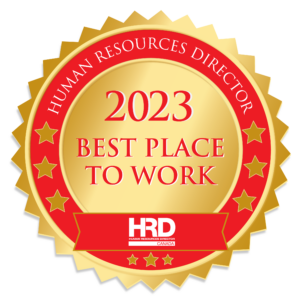Tim Poupore
"I was always the kind of curious person who enjoyed taking things apart and trying to fix them”, recalls Tim Poupore. He may not have always been successful at fixing things, but it was the shape and design of the objects which caught his eye. It was that interest in design that led Tim to pursue a career in architecture. On his first try, the recent high school graduate was denied entrance into the Architecture program at Carleton University because he didn’t have any samples of his design work. Discouraged, he enrolled in another program: "Two weeks before school was supposed to start I received a brochure in the mail.
It was describing the new industrial design program within the faculty of architecture.” Tim quickly registered and began his studies in industrial design. "I had no trouble connecting and relating to the things I was designing in industrial design.” Four years later he had completed a Bachelor of Industrial Design from Carleton University in Ottawa. Today, Tim is the president of his own industrial design company, Ove Industrial Design Ltd., of Toronto. Tim and his team design primarily medical and business products and occasionally industrial products. Much of Tim’s time is spent in his office communicating and meeting with clients, reviewing budgets, timelines, and design concepts.
He enjoys the multitude of tasks he performs and enjoys what he calls an increasing sense of freedom in his design work. "It’s becoming increasingly common for designers to be able to take a concept right through to production-ready completion.” Tim’s involvement in a project typically starts at the very beginning. A business will approach Tim with a desire to create, for example, a new communication device. They allow Tim and his team to do the user research to learn what consumers need, want, and like about existing products. "Based on our user research we are able to design product ideas which would resonate better with consumers.”
Once the research is done, Tim goes back to the client and discusses the findings of his research. Then the traditional design process begins. Tim creates a series of drawings according to the established specifications he and the client have devised. Throughout the process, Tim works continuously with the client. "By interacting directly with the client, I am able to track and guide the development of the project more effectively.” Once the designs have been completed and approved, the product is then manufactured.
Despite the fact that design is all around us, Tim says the majority of people don’t recognize the influence industrial design has on the things we buy and use daily. "I think it’s an interesting phenomenon; many people never stop to realize how a product lands on their shelves”. Industrial design is still a relatively new field, what Tim calls a pioneering industry. "Like any new industry, industrial design is trying to build brand value in a difficult business climate. We are using tools that are different from established and refined industries. Nobody thinks twice about going to a lawyer when you need help with a contract. But going to see an industrial designer for help with a product is still a novel idea.”

